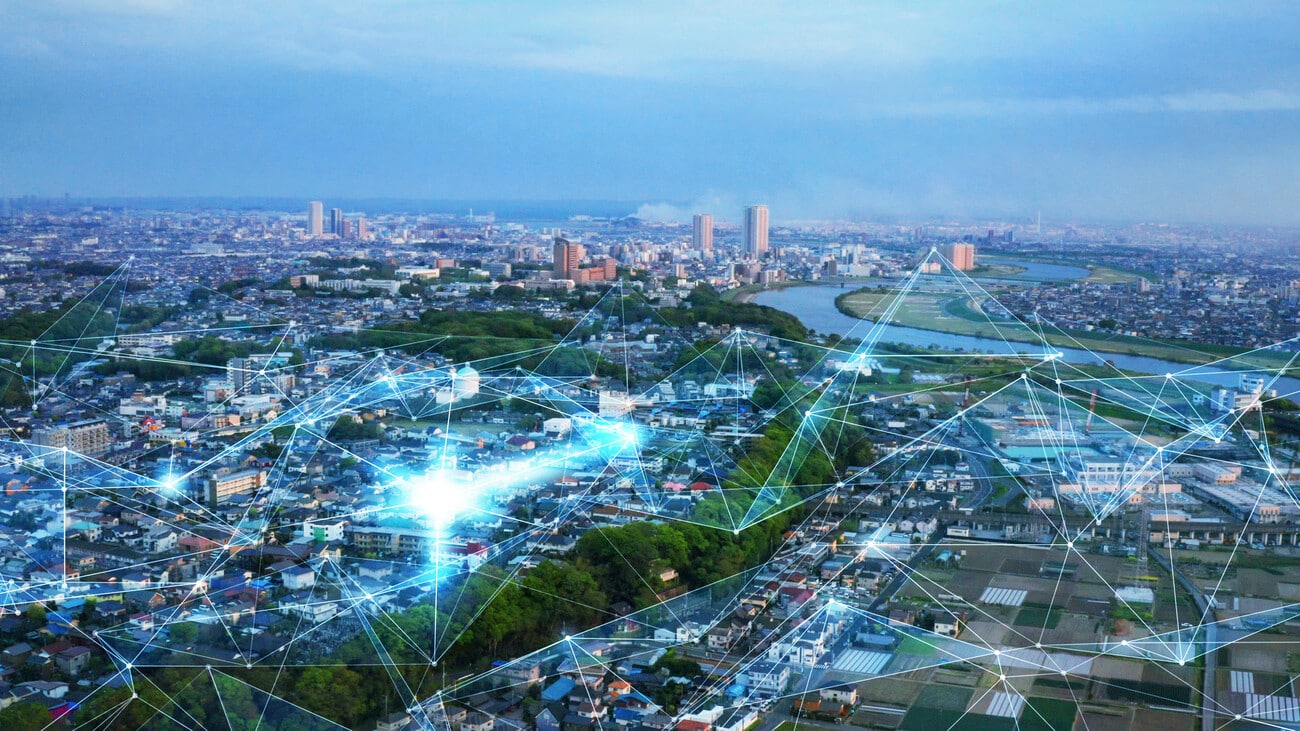
R&M CMO Andreas Rüsseler regularly provides information in trend blogs about trendy innovations and their significance for fiber to the home, 5G antennas, smart buildings, and data centers.
Fiber optic cabling will remain in demand like never before. This is what R&M, the globally active Swiss developer and provider of high-quality infrastructure solutions for data and communications networks, is expecting. Looking ahead to 2023, R&M CMO Andreas Rüsseler quotes current market studies that confirm R&M’s trend observations. Andreas Rüsseler reports on forecasts, technology, and market developments in his blog series.
Fiber optic demand is not only growing in the market of data center providers who are upgrading their networks, interconnects, and backbones. Broadband supply is also seeing intensive expansion. In addition to Fiber to the Home (FTTH), an additional growth market is emerging with Fiber to the Antenna (FTTA).
Convergence for hybrid data centers
«The demand for efficient infrastructures is driving the trend towards convergent hybrid network solutions,» says R&M’s CMO. Countless new applications require real-time data processing close to the action. Hybrid data centers can do this by combining physical, virtual, and cloud infrastructures to create network-based data centers. For complete convergence, however, powerful FO-based access and backbone networks must be available.
Broadband supply convergence
R&M also expects similar things with regard to fiber optic broadband supply. The background: Network providers are currently massively expanding FTTH, FTTA, and Fiber to the 5G Antenna (FTT5G). Sufficiently designed network infrastructures could be shared in the interests of convergence.
In addition, users and applications in smart cities will be asking for convergence. They require smooth data traffic between 5G cells, LAN, and Wi-Fi, between private, virtual, and public areas. Ultimately, only a universal fiber optic network can meet these requirements. Andreas Rüsseler: «Fiber optics are increasingly becoming a universal, integrated backbone. In just a few years, the vast majority of communications networks will run via a standard holistic fiber optic backbone.»
«In smart buildings, we are seeing a progressive convergence of LAN, Ethernet/IP, and building automation. Here, too, fiber optic cabling plays a leading role,» adds Andreas Rüsseler.
Links to blog posts
DC: Data Centers 2023: the Hybrid Option
LAN: The LAN in 2023: a Greater Mission
Public Networks: FTTx in 2023: Fiber Demand Continues


